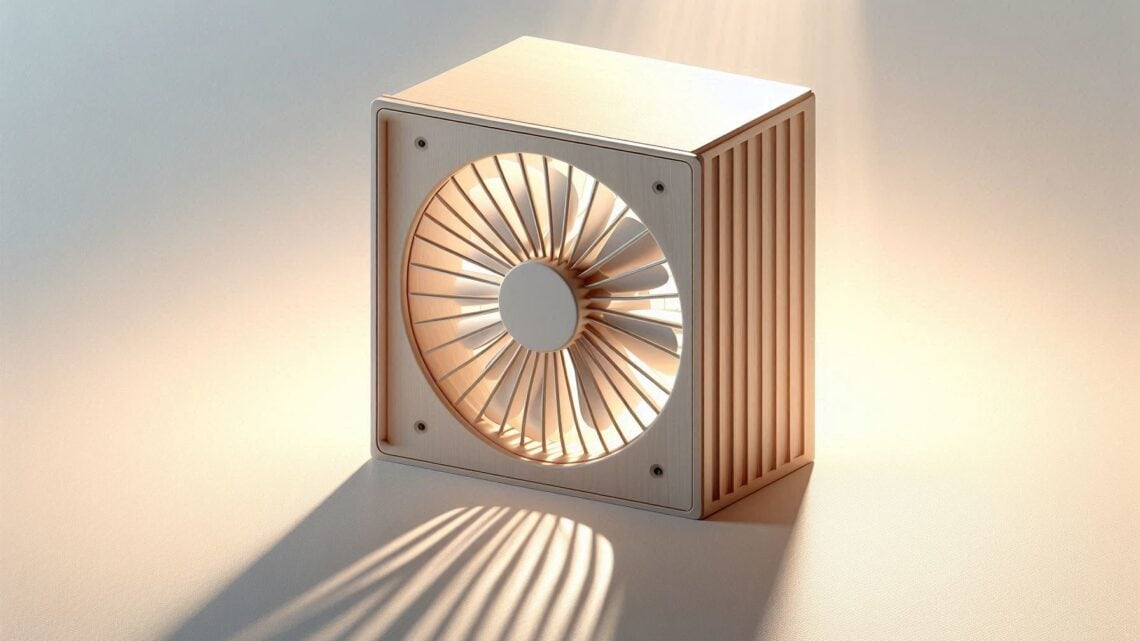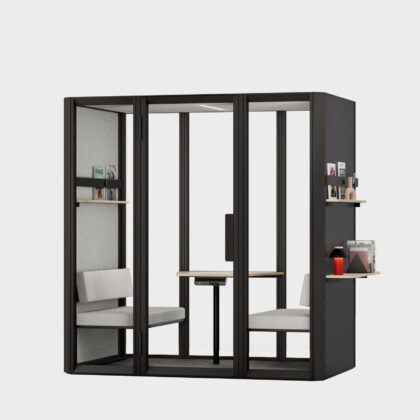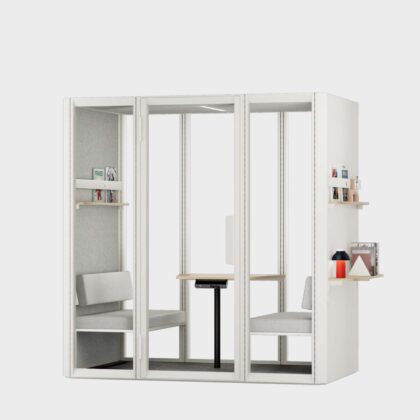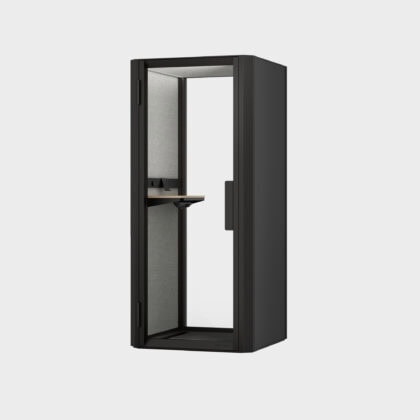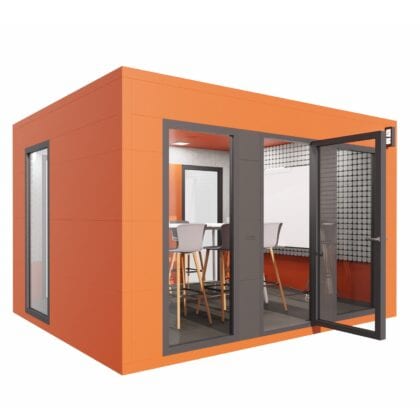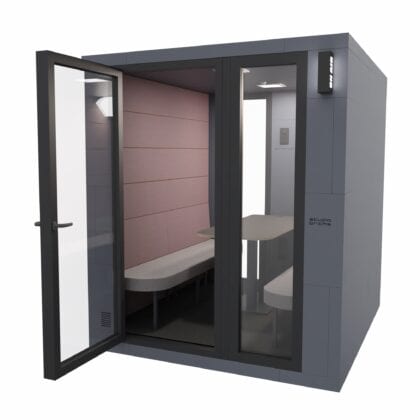Telephone and meeting boxes are more than just particularly large pieces of furniture: There is a lot of technology in them, including fans and ventilators that ensure air circulation between the outside and inside.
Contents
Which air exchange is perfect?
The air exchange rate should be high enough to prevent the interior from becoming stuffy, while at the same time the noise generated by the fans should not be disturbing. If the ventilation is too strong, it could feel draughty inside a meeting box, especially in the colder months of the year. The ideal air exchange cannot therefore be expressed in a single figure - and a high figure alone says nothing about the actual quality of stay in a telephone or meeting box.
Perfect air exchange is therefore more a combination of several components: fan power, air flow within the box, sensor technology and intelligent control/regulation of the ventilation power (see also selection criterion Ventilation control).
Nominal air flow vs. system air flow
The data sheets and technical documentation from the manufacturers of telephone and meeting boxes usually contain at least one, and sometimes both, of the following details on airflow:
- Nominal airflow: indicates how strongly the fan components used perform in stand-alone mode (i.e. when not installed). Many manufacturers like to advertise with this value because of the visually very high figures - however, the significance is limited.
- System airflow: this figure indicates which airflow is actually generated in combination with the structural conditions. This value depends, among other things, on the size, number and positioning of the ventilation slots for the fresh air and the air resistance within the acoustic box. The system airflow is therefore the decisive figure for the actual air exchange within a telephone or meeting box, but is much more complex for manufacturers to determine than simply copying the performance values from the supplier of the fans. Rule of thumb: The system airflow is between 20% and 30% of the nominal airflow
The manufacturer Mute is exemplary in this respect, providing both values for many of its products:
Acoustic cubes with air conditioning
All phone boxes, meeting boxes etc. have active ventilation - but this is not the same as an air conditioning system! Anyone hoping for refreshment in the meeting box on a humid summer's day in an already stuffy office will unfortunately be disappointed most of the time: it is usually just as stuffy there as in the office at best.
Acoustic cubes with air conditioning systems do exist - but only from a few manufacturers. Air conditioning systems are not only more expensive and louder than pure fans but also require more maintenance (condensation, changing air filters, etc.). For this reason, air conditioning systems are not standard in telephone and meeting boxes, but are normally only offered under special conditions:
- Industrial applications: Acoustic cubes for industrial applications may be equipped with air conditioning systems or connected to the existing building air conditioning system. See our cubes with special feature "Air conditioning".
- Manufacturer from Southern Europe: Manufacturers with a strong focus on southern European markets are often confronted with the demand for air conditioning systems and have already tried out special solutions on several occasions. In our range, this applies to the Barcelona-based manufacturer Studiobricks to.
- Outdoor boxes: The air conditioning system is normally even included as standard in boxes suitable for outdoor use (but then more for the opposite case - heating). Unfortunately, our range does not currently cater for this application.
Our telephone and meeting boxes with optional air conditioning:
Instead of air conditioning: acoustic cubes with manual ventilation control
The idea of an air conditioning system in the meeting box sounds tempting to many. However, you should realise (see above) that this is a special requirement. For normal offices and working environments, a meeting box is not designed to compensate for a poor building climate. Although it can quickly become one to two degrees warmer in a meeting box than in the room around it when fully occupied, this only really becomes a problem if the building is already too hot.
Acoustic cubes, where the strength of the (non-air-conditioned) ventilation can be adjusted manually - in case of doubt, more strongly than the automatic system provides for. Information on this can be found at Ventilation control.
What requirements should be placed on the system airflow?
To prevent the interior of telephone and meeting boxes from becoming stuffy, an air exchange of 100 m³/h to 180 m³/h per head should be ensured in relation to the nominal air flow (or a range between 25 m³/h and 45 m³/h in relation to the system air flow).
As we unfortunately do not always have both data for our telephone and meeting boxes, we always indicate which measurement system the figure refers to (nominal vs. system airflow) in the values listed:
Questions, comments & personal advice
Are you missing any information or do you have any questions? Then please leave a comment below! You can also get free advice from us:

